Jeonju Jjajangmyeon Rhapsody” Round 2 features the unchanged flavor of 50 years at Jinmibanjeom and Daebojang
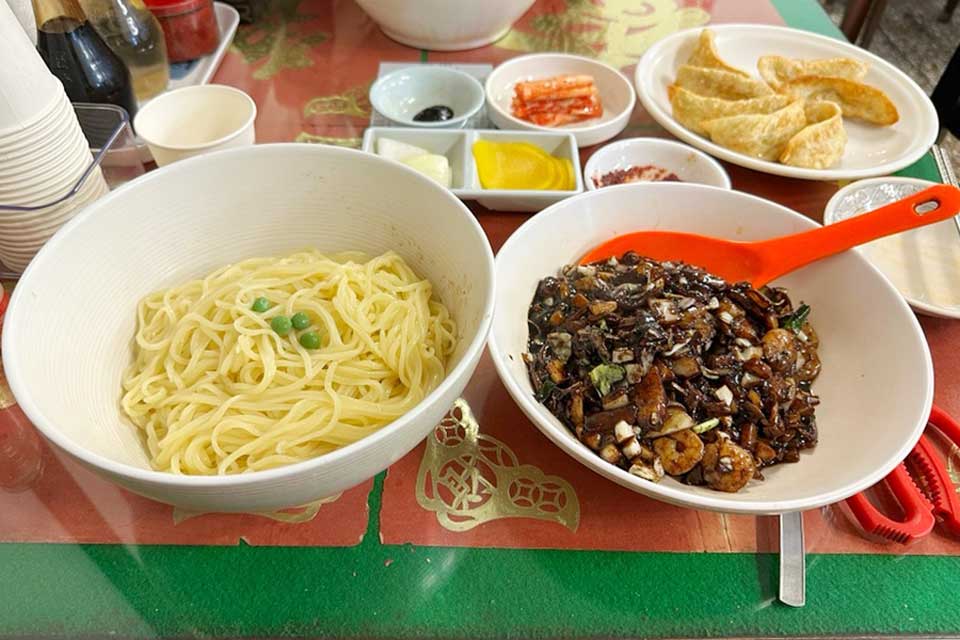
The “Jjajangmyeon Rhapsody,” recently shown on Netflix, awakened my hidden love for jjajangmyeon, though I usually opted for jjamppong or fried rice.
It provided details about the origin, history, price changes, and the essence of jjajangmyeon’s flavor, which sparked my curiosity and led me to try jjajangmyeon, a dish I hadn’t considered before.
After a long time, I visited two Jeonju jjajangmyeon eateries that were featured in “Jjajangmyeon Rhapsody.”
“Jeonju Jjajangmyeon Rhapsody at Jinmibanjeom.”
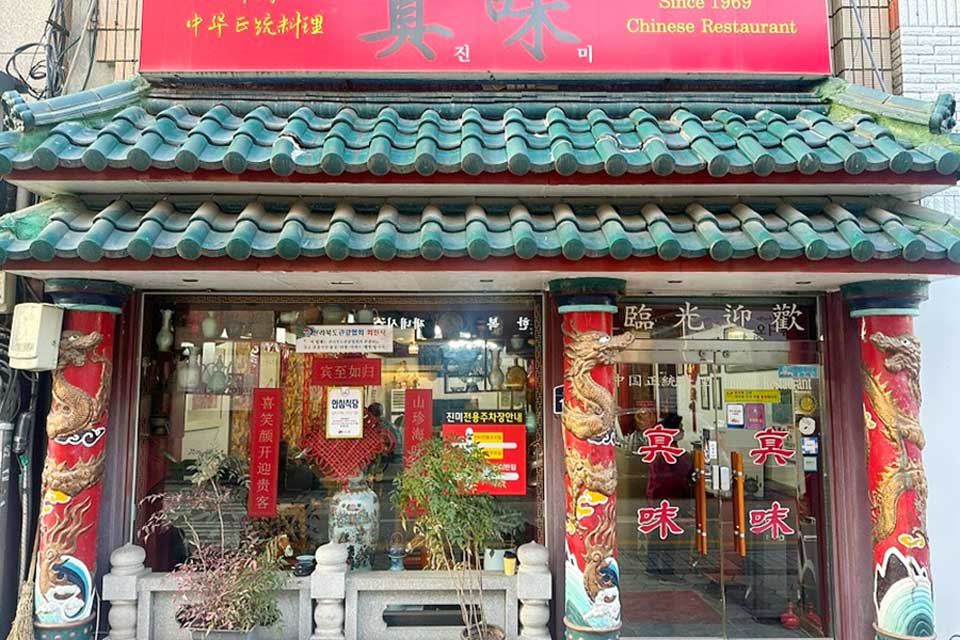
Jinmibanjeom in Jeonju, operating since 1969 and now in its 55th year, has a striking exterior that makes you feel as if you’re in China.
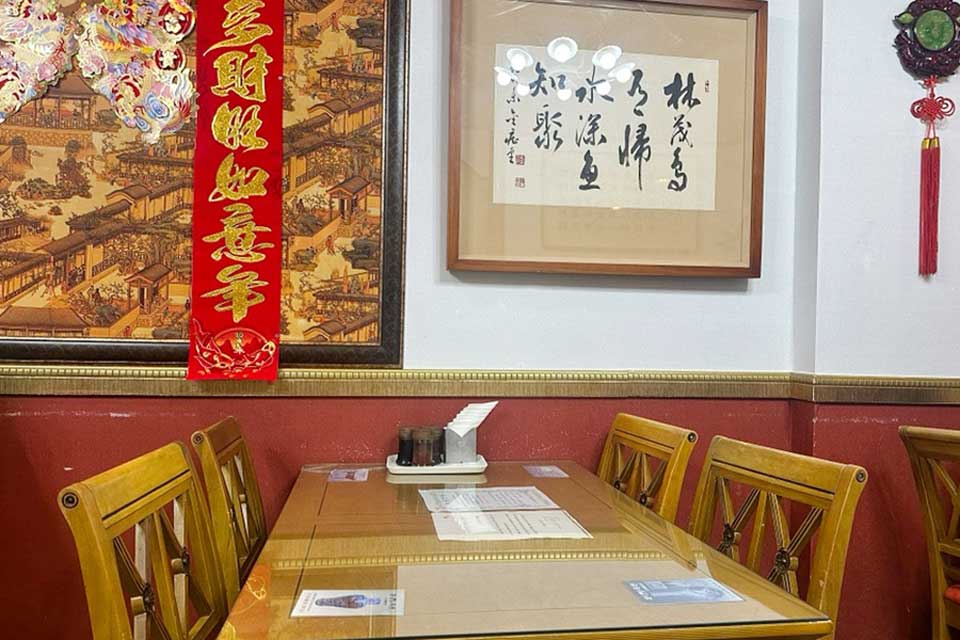
The wooden tables, chairs, and thick glass tabletops triggered memories I had forgotten.
The interior of Jinmi brought back childhood memories of eating jjajangmyeon after graduation ceremonies, suddenly resurfacing from my memory.

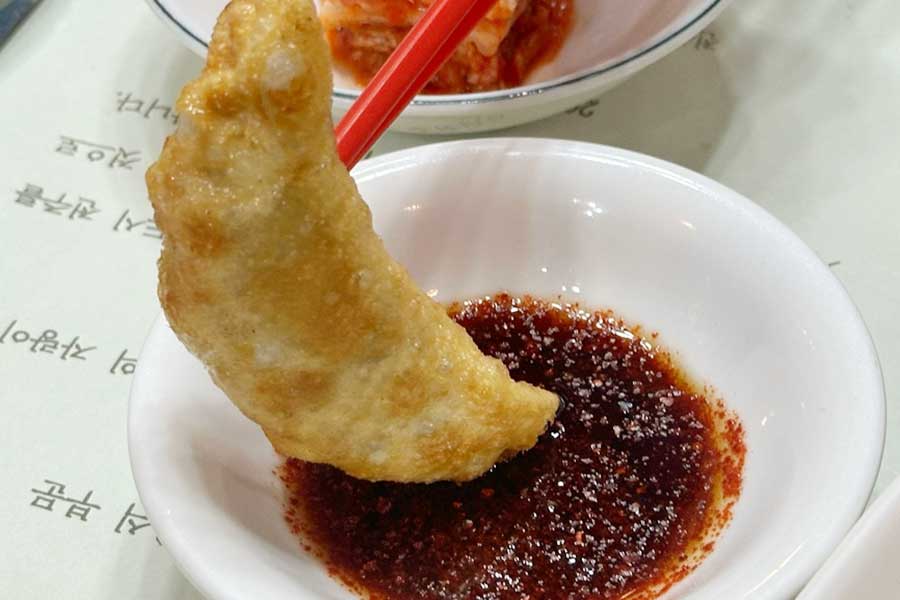
Chef Baek Jong-won recommends trying the dumplings at Chinese restaurants run by ethnic Chinese chefs, as each restaurant’s handmade dumplings have a unique and superior flavor.
Mixing soy sauce, vinegar, and chili powder in the right ratios and dipping handmade dumplings in it can significantly enhance your appetite before the main dish.
The generously filled dumplings provided a tasty and cost-effective meal.
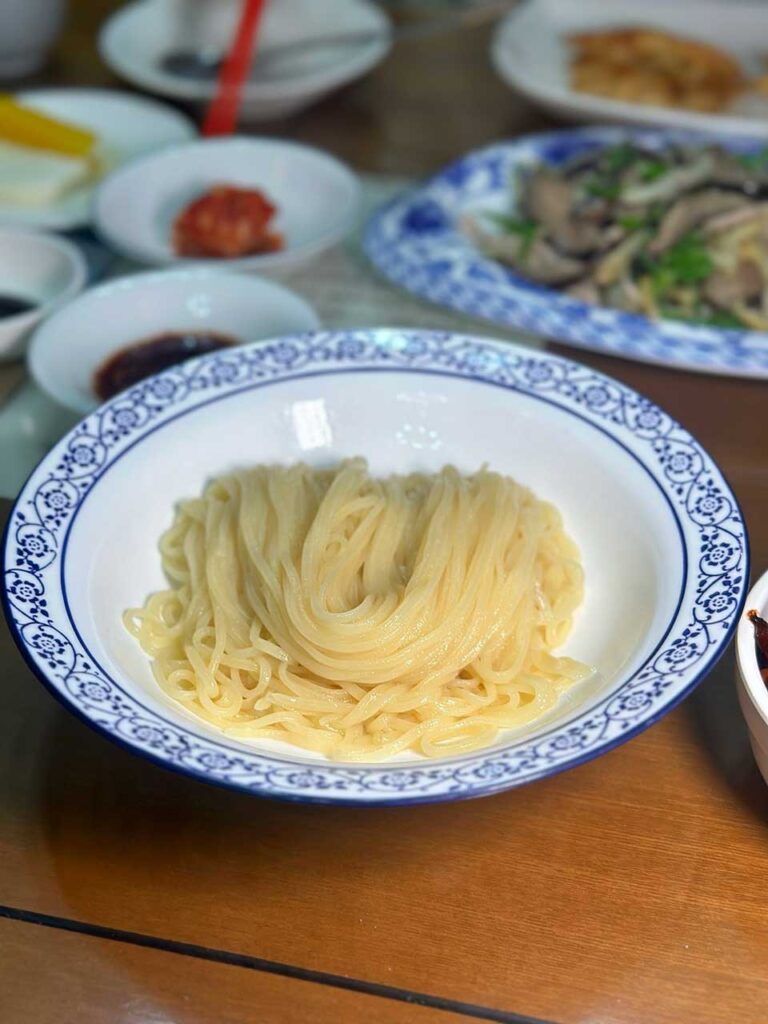
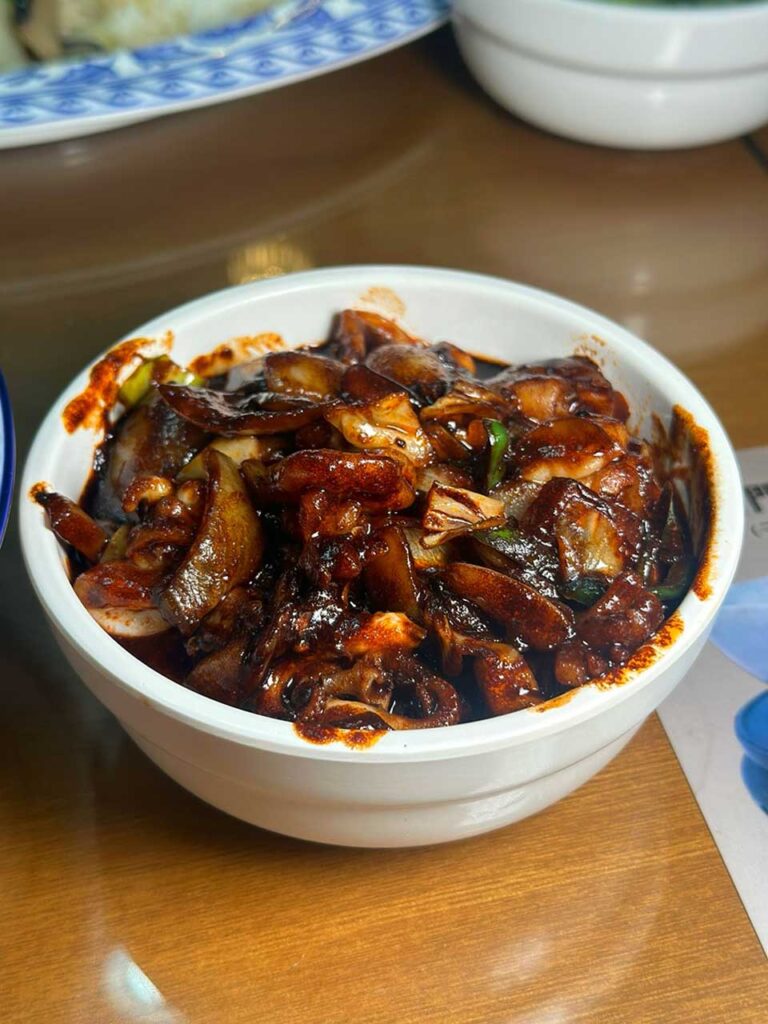
While I had water jjajang in “Jjajangmyeon Rhapsody,” I ordered the spicy jjajang, which is very popular among the regular customers, based on the owner’s suggestion.
The well-fried jjajang and noodles are served separately, and it’s recommended to mix only half initially because the seasoning might be salty, then add more as needed.
I think the sound of mixing jjajangmyeon stimulates the salivary glands just as much as the sound of chopping noodles.
Try listening to the sound of mixing jjajangmyeon~
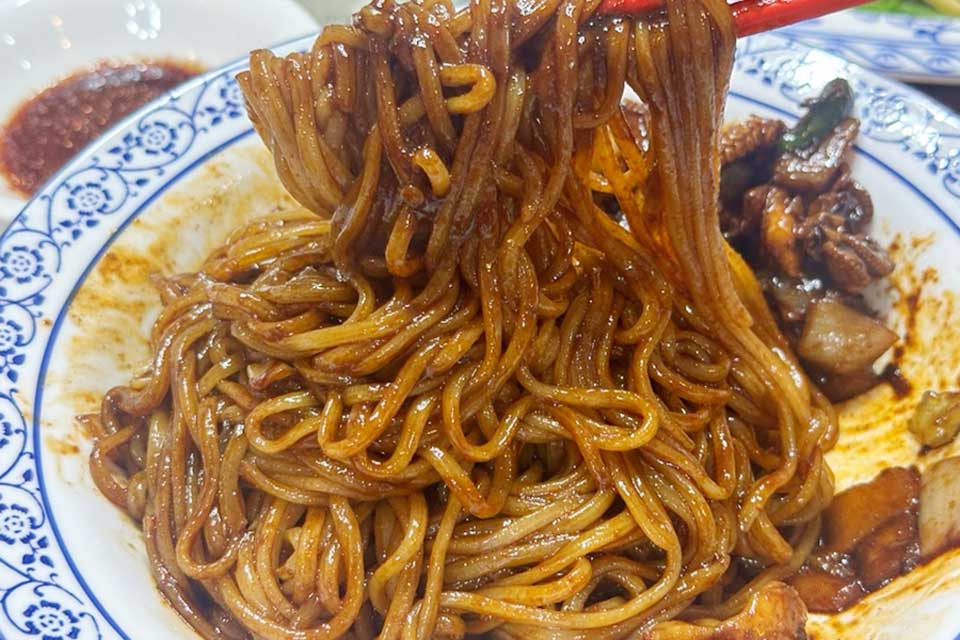
The best taste of jjajangmyeon comes when you manage to get a bite from someone else’s order, making you hope someone else orders it.
The jjajangmyeon at Jeonju’s famous Jinmibanjeom was so delicious that we each had our own serving.
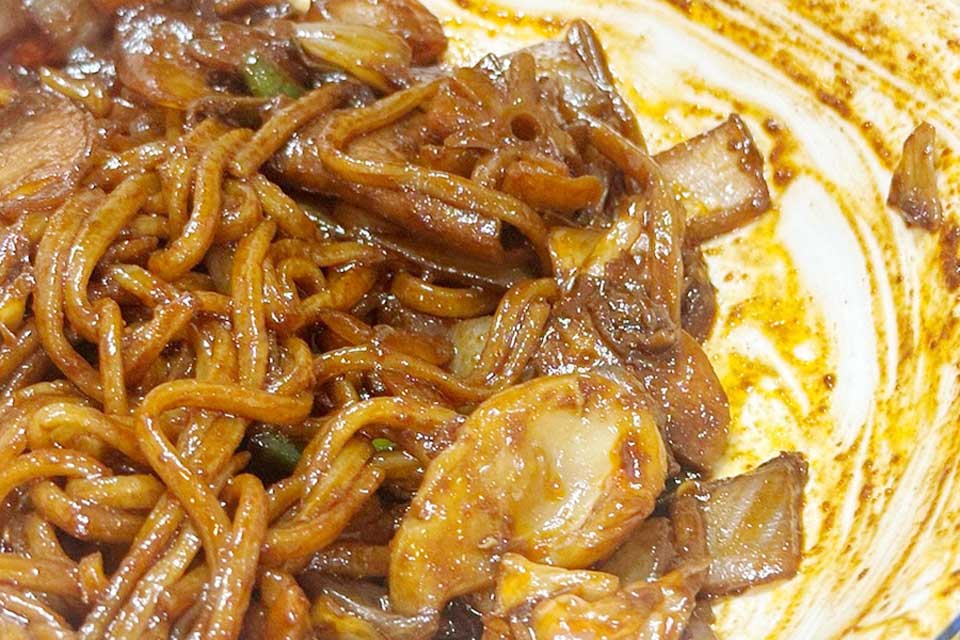
Even before adding the jjajang sauce, the noodles seemed outstanding, leading me to discover the jjajangmyeon of my life.
The noodles were perfectly cooked, a sure sign of success. Their thickness, texture, and the right amount of chewiness were spot on.
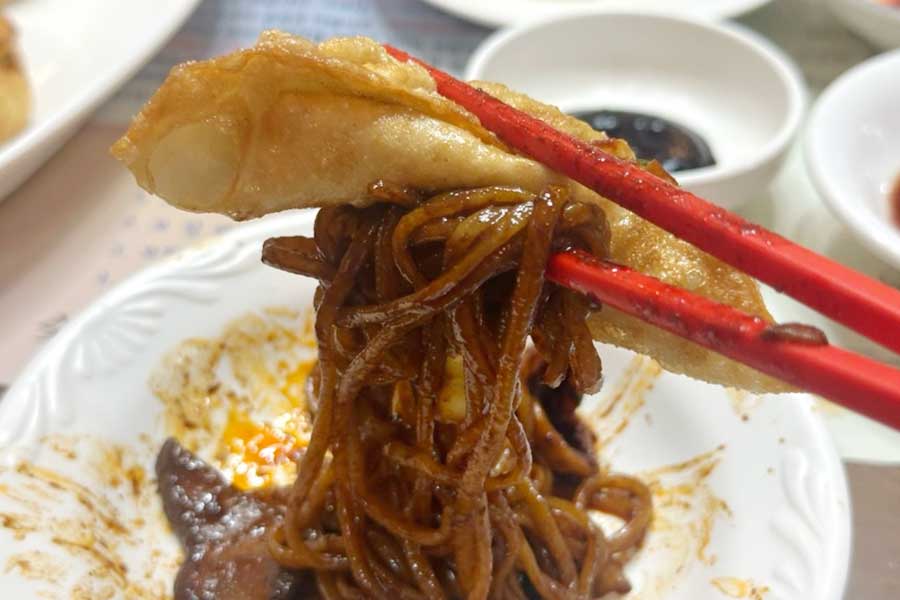
It wouldn’t be an overstatement to say that I ordered the dumplings mainly to make my jjajangmyeon meal even better.
Spicy jjajang and dumplings make as great a pair as naengmyeon and galbi.

To truly savor jjajangmyeon, mix in a spoonful of rice when there’s a bit of the chunks and sauce left.
The spicy jjajang at Jeonju Jinmibanjeom is a type of gan-jjajang that doesn’t get watery, making it perfect for mixing with rice.
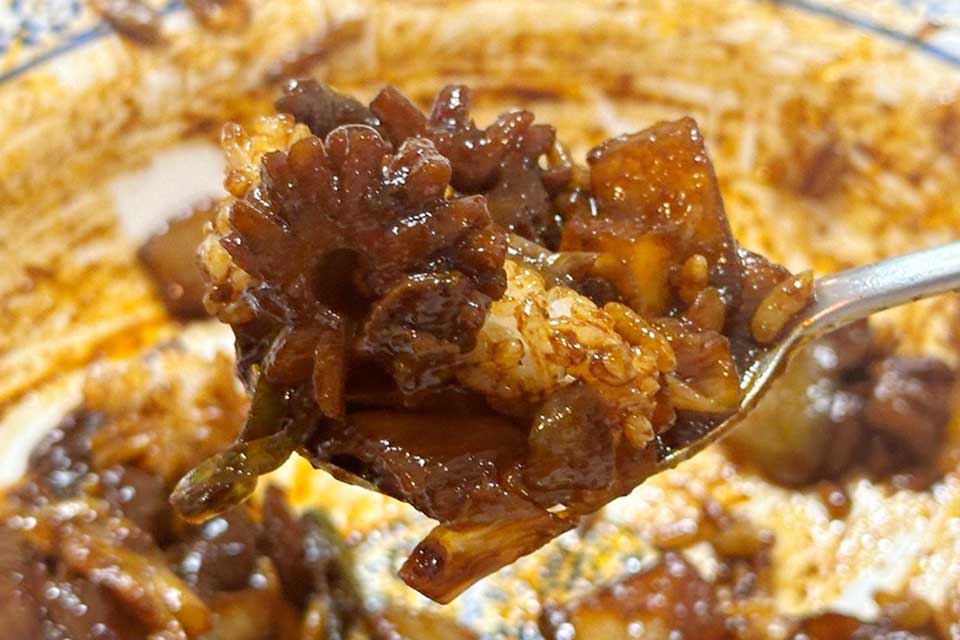
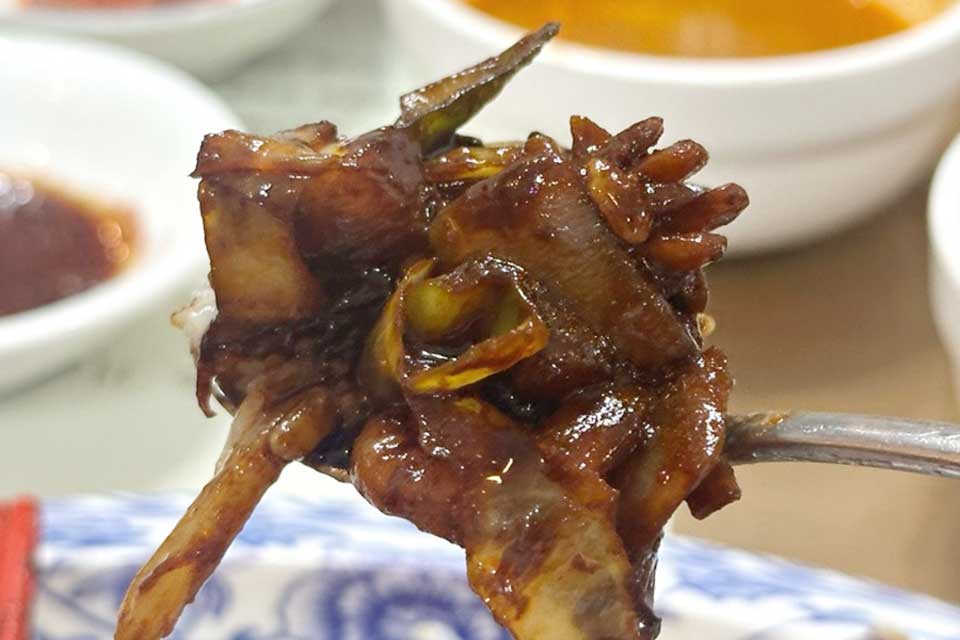
This dish includes various seafoods instead of meat, providing a unique and interesting texture. This distinct flavor comes alive only when you mix the white rice with the jjajang sauce.
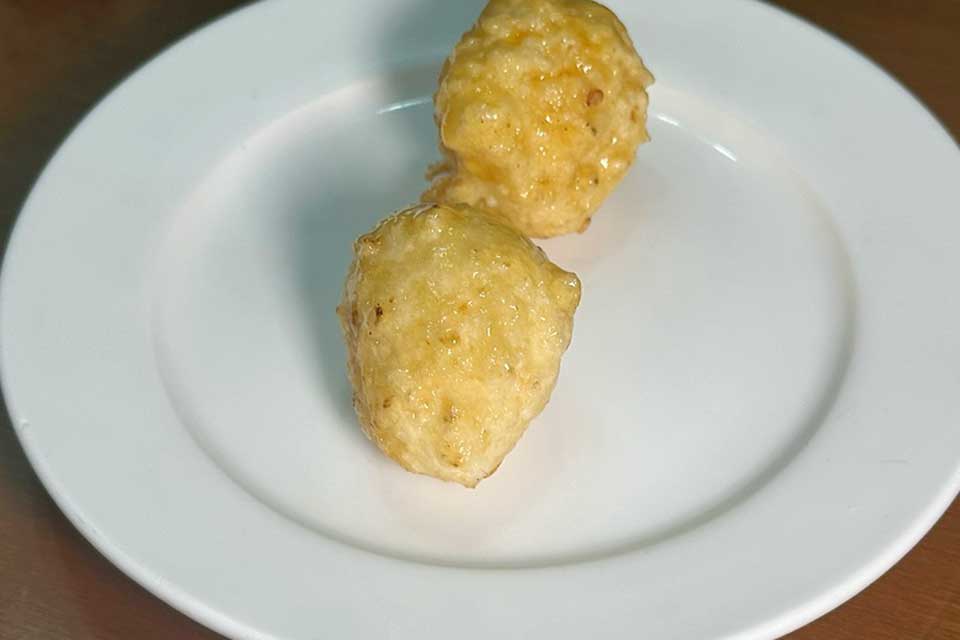
Observing Chinese restaurants run by ethnic Chinese, you’ll often find they serve a dessert at the end.
Instead of yogurt, they provide corn ice cream.
Enjoying a sweet dessert after a flavorful meal refreshes your mouth.
“Jeonju Jjajangmyeon Rhapsody at Daebojang”
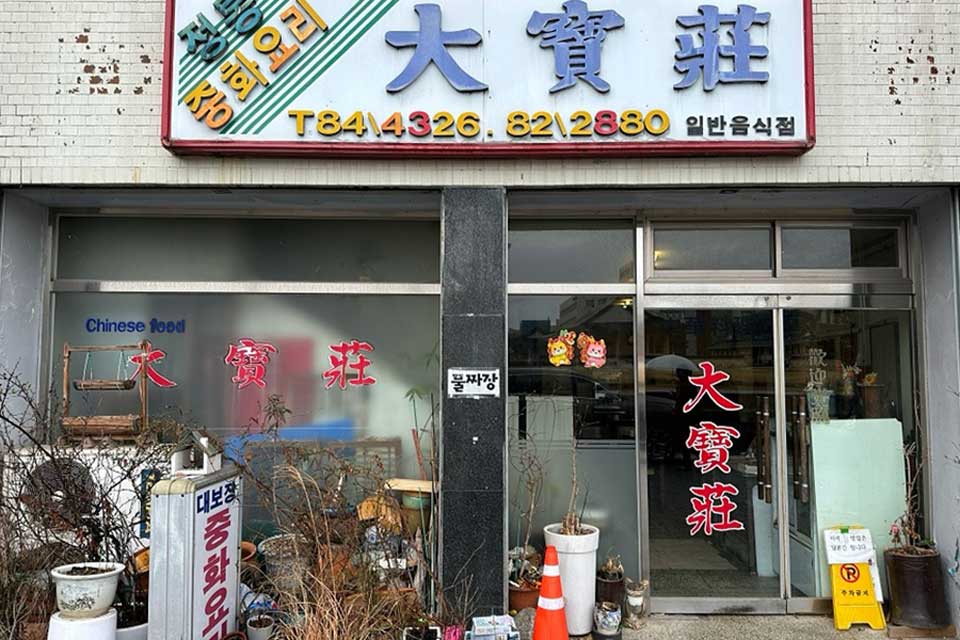
Daebojang, once open for dinner, now only serves lunch.
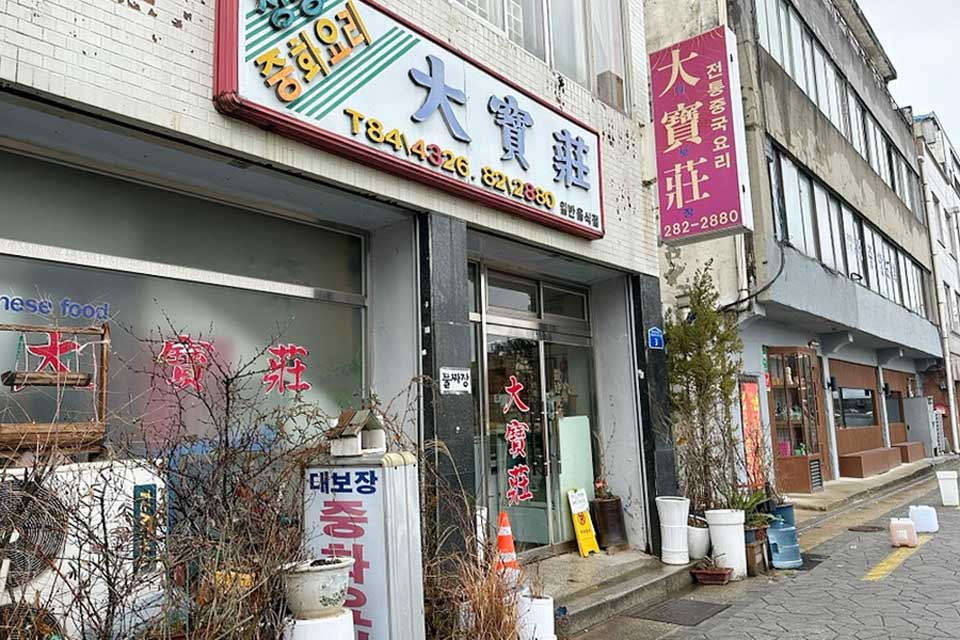
Available for a limited time, there’s typically a wait even on weekdays unless you get there when they open.
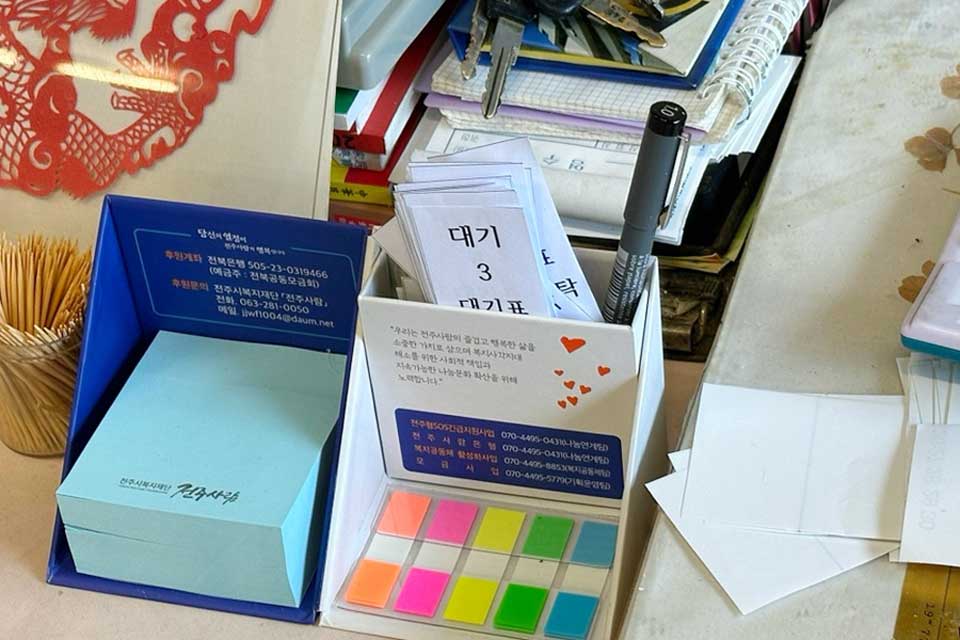

Daebojang, named one of the “5 Masters of Taste” in 2022 by “Master of Living,” fills up quickly, starting at 11:15 am and usually reaching full capacity by around 11:50 am.
Arriving before noon on weekdays lets you avoid the rush, with last orders taken around 1:30 pm – worth noting.
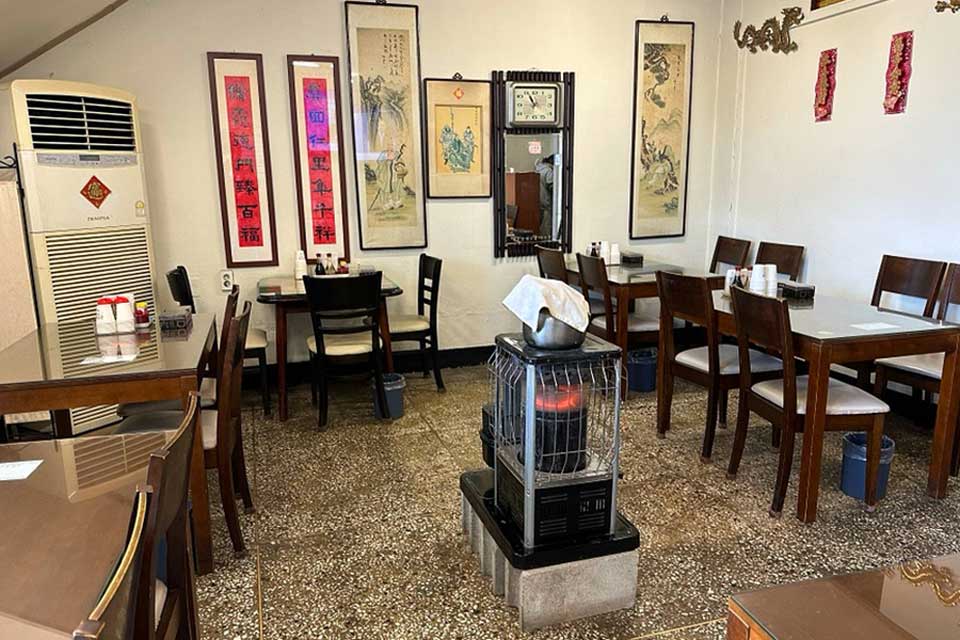
Making it in time for the opening of Jjajangmyeon Rhapsody allowed me to experience being first in line, a novelty even from my school days.
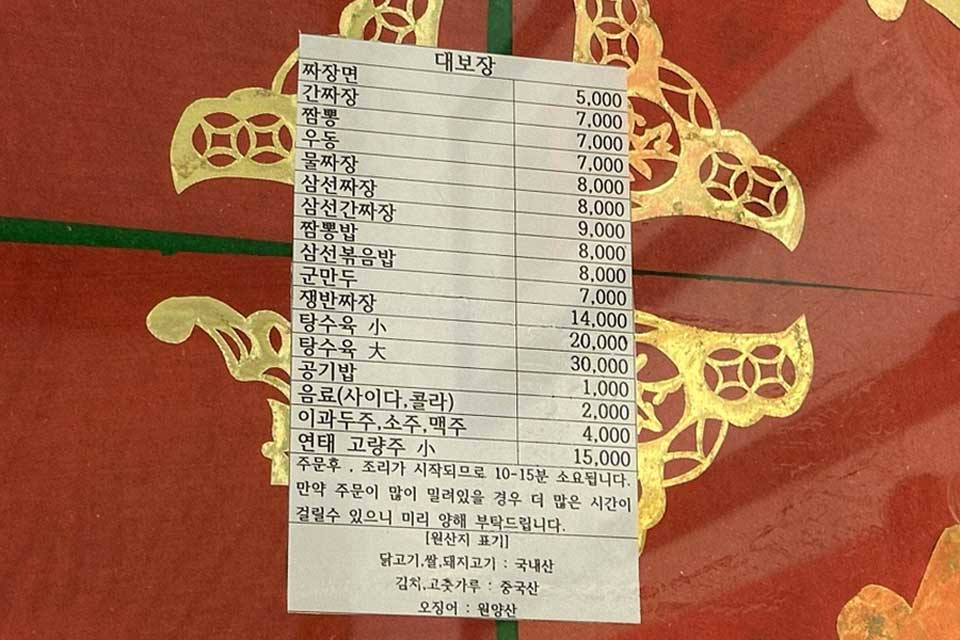
Daebojang’s menu reflects prices akin to those from 20 years ago, a sharp contrast to current rates.

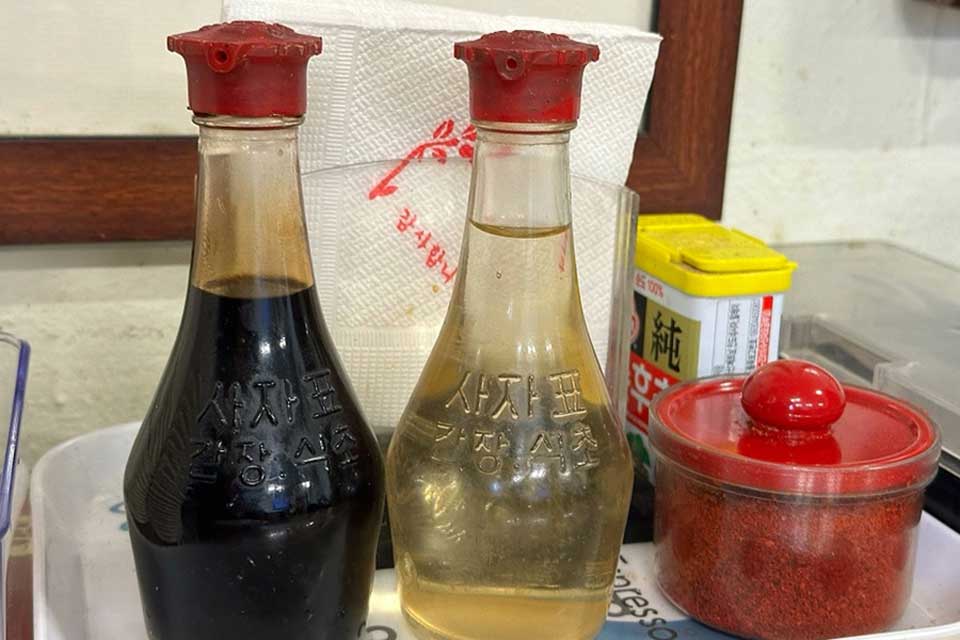
Side dishes include kimchi, danmuji (pickled yellow radish), and onion with black bean sauce.
The longevity of their business can be intuited just by looking at the containers of vinegar and soy sauce on the tables.
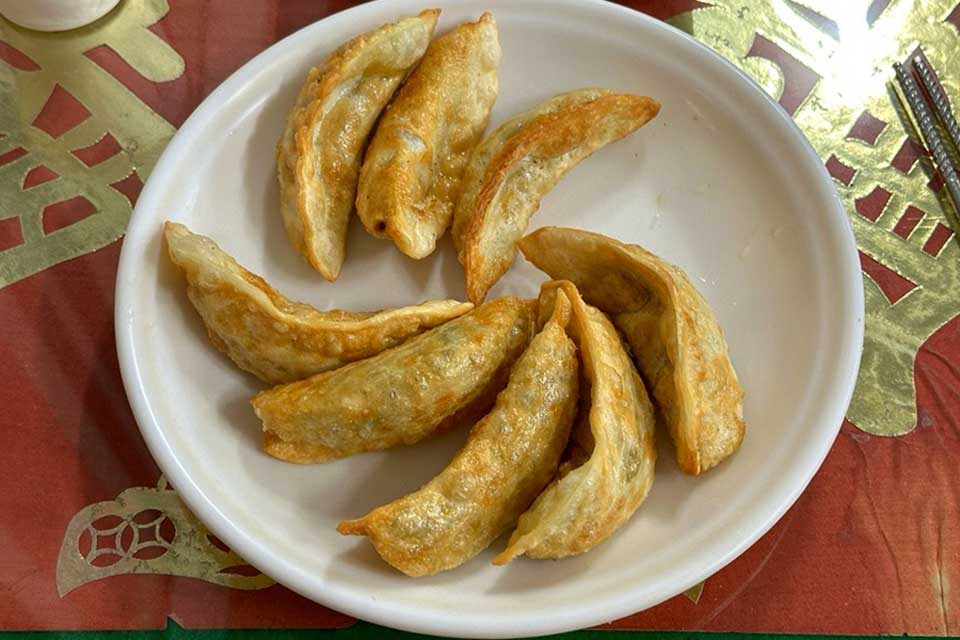
At a Chinese restaurant run by an ethnic Chinese chef, trying the dumplings is a must.
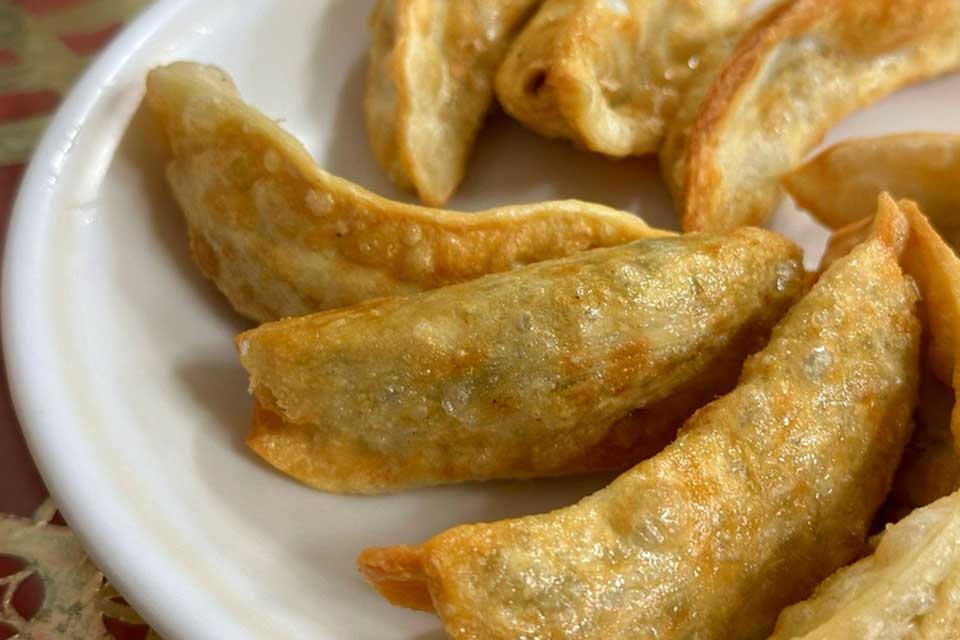
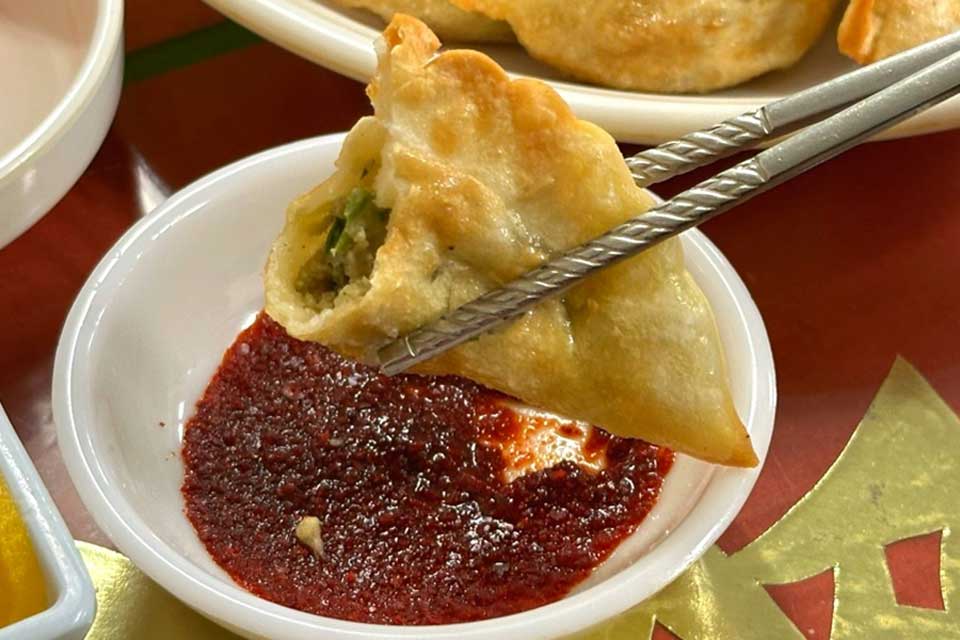
Compared to the nearby Jinmibanjeom, they offer two more dumplings.
Although Jinmi’s dumplings tasted a bit better, Daebojang offered a greater quantity, making it an excellent deal.

The specialty dish, seafood gan-jjajang, was then served at Daebojang.
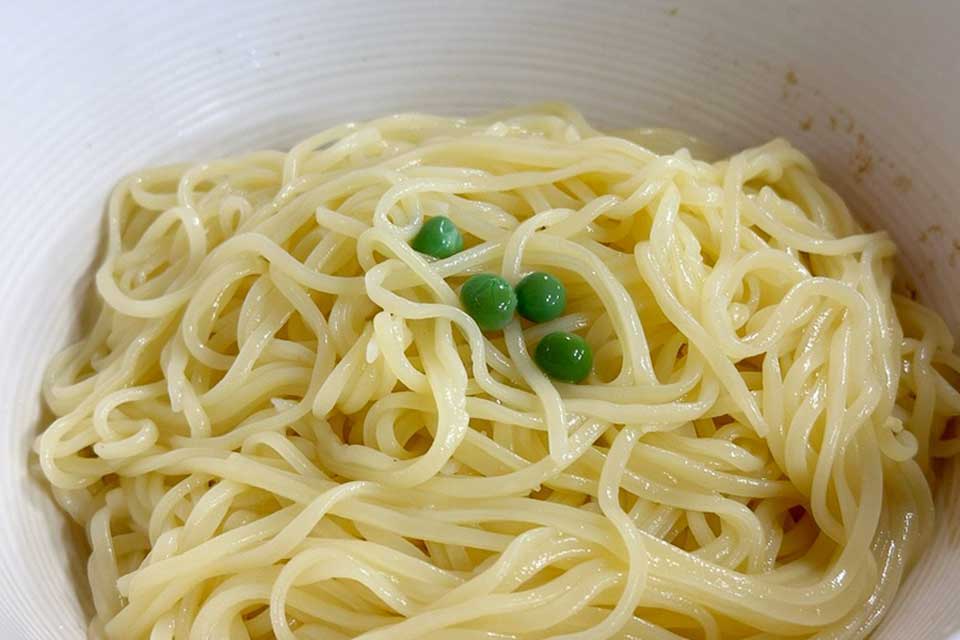
The noodles were noticeably thinner than those usually found at Chinese restaurants. They appeared slightly moist, as if they hadn’t fully dried, giving off a shimmer.
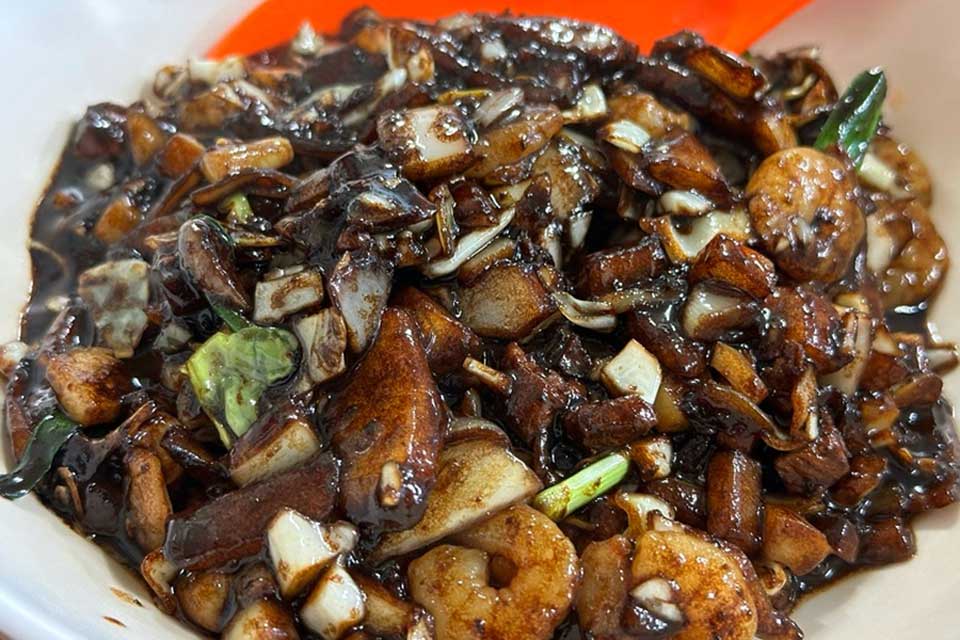
They skillfully stir-fried finely chopped onions and assorted seafood, maintaining the texture of each ingredient, which I found quite remarkable.

Though the recommendation was to mix in only about half of the jjajang sauce to avoid making it too salty, I discovered that adding the entire sauce worked well for me.
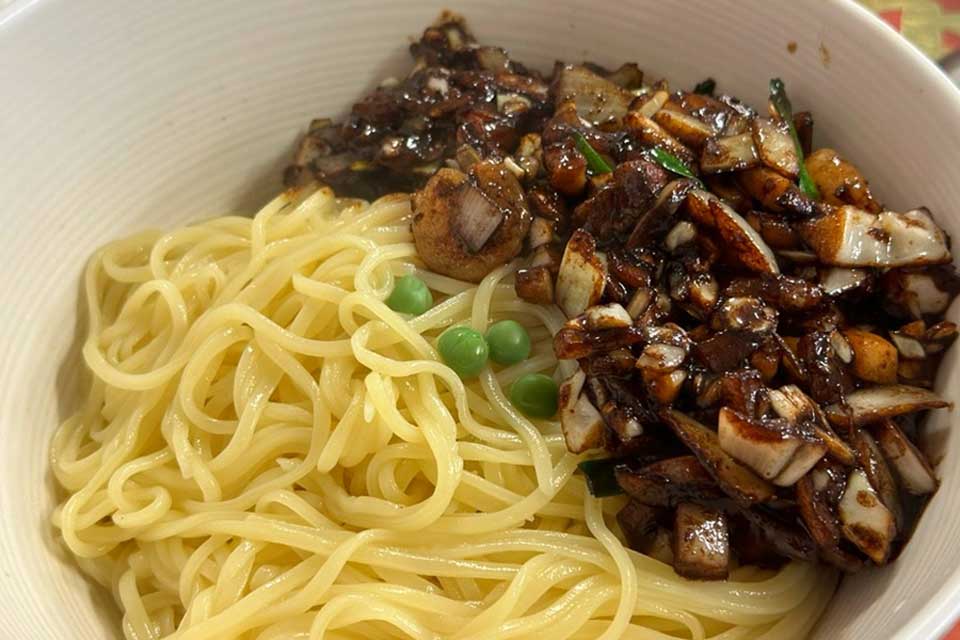
The sauce’s flavor was distinct, probably because they used minimal MSG and sugar, almost as if they had added a hint of soybean paste.
Mixing the jjajangmyeon was so enjoyable that I found myself humming. The noodles were a bit puffed, achieving a level of softness that was absolutely delightful.

At Daebojang in Jeonju, famous for its gan-jjajang, the noodles were so moist that using scissors to cut them wasn’t necessary.

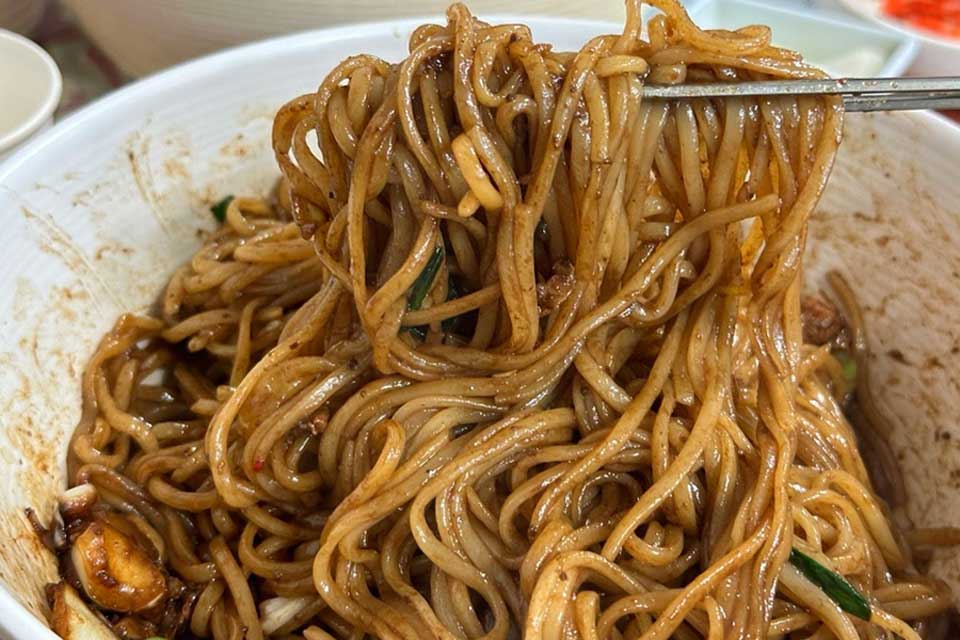
I was quite curious about the taste of the gan-jjajang served at places in Jeonju that open from 11 am.
My first bite quickly dispelled the idea that all jjajangmyeon tastes the same.
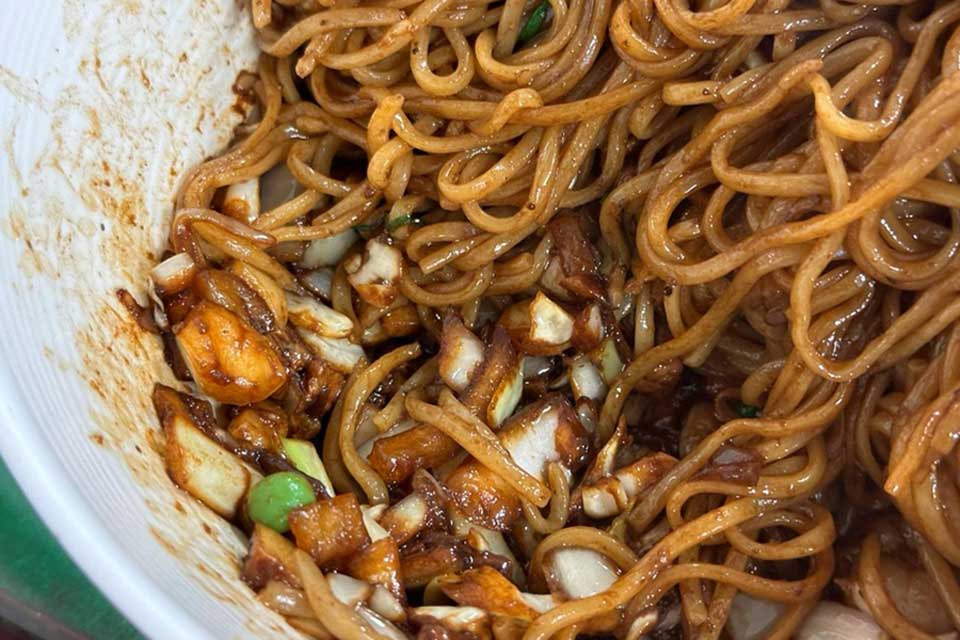
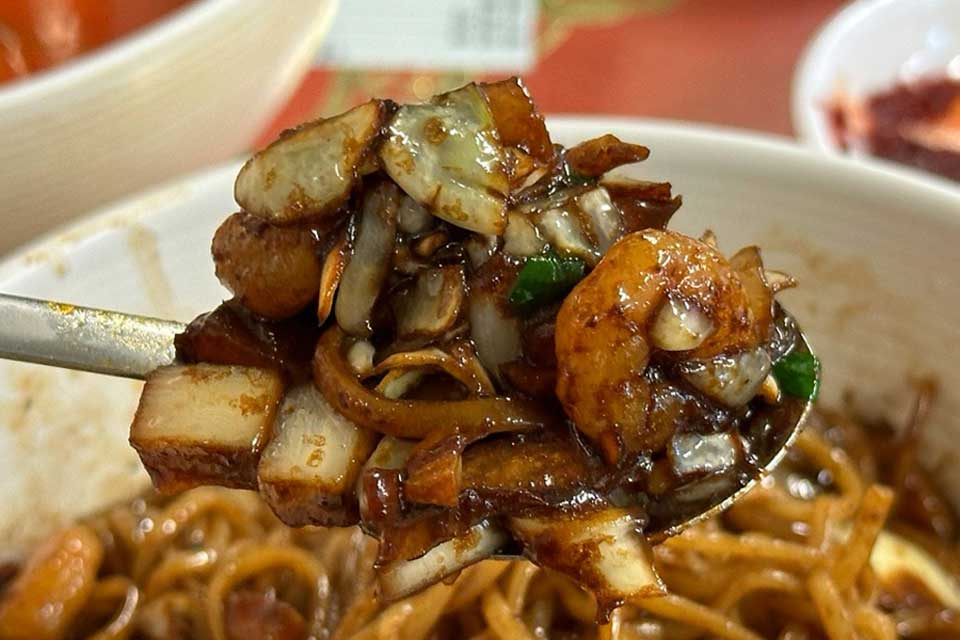
When you mix jjajangmyeon, the noodles end up on top, with the sauce settling at the bottom.
To avoid the disappointment of eating noodles by themselves, it’s recommended to chop them and then enjoy some gan-jjajang with a spoon.
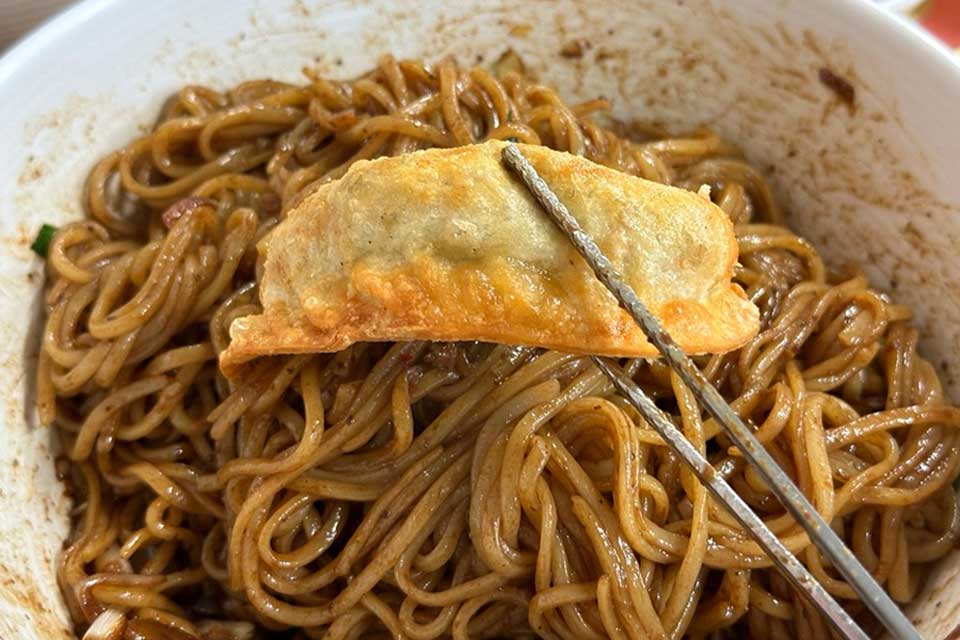
Dumplings perfectly complement jjajangmyeon. Even in a seafood jjajang, the presence of some meat, supplemented by the dumplings, seemed to complete the flavor profile.
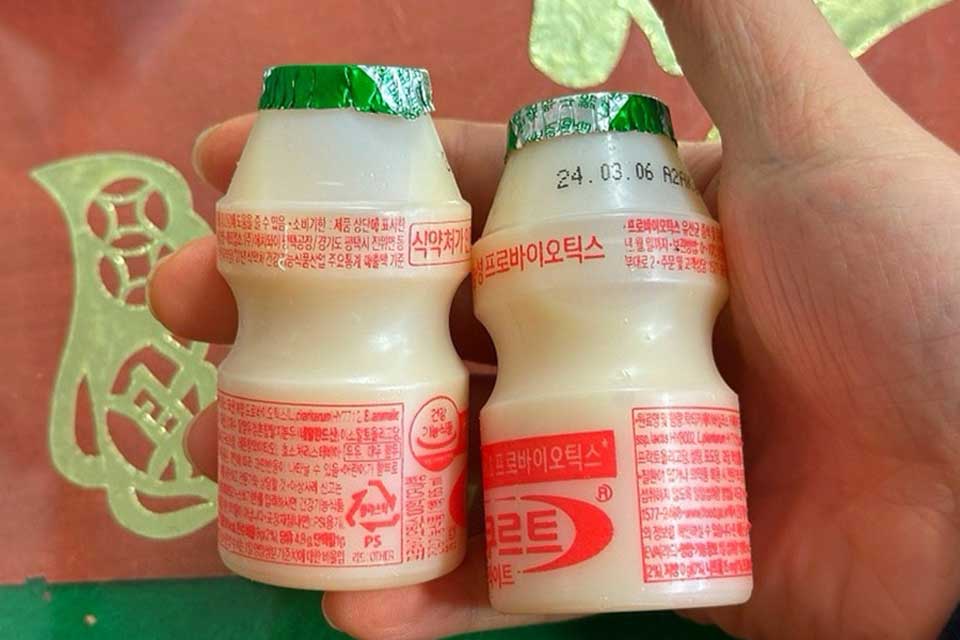
Traditionally, Chinese restaurants would serve yogurt as dessert.
Considering jjajangmyeon is made by frying sauce in oil, which can be heavy and potentially cause indigestion, yogurt likely was offered as a digestive aid.
Daebojang in Jeonju also served yogurt in a pleasantly old-fashioned way, making for a satisfying end to the meal.
–
Jeonju Jjajangmyeon Rhapsody
A review of my visits to Jinmibanjeom and Daebojang
I visited two ethnic Chinese restaurants in Jeonju featured in “Jjajangmyeon Rhapsody” on Netflix.
True to their fame, they delivered exceptionally tasty food.
While Jeonju Jinmibanjeom had plenty of seats and no wait, Daebojang is only open for lunch, getting quite crowded around noon. An earlier visit is recommended.
Both places offer distinct styles and flavors, and I’d strongly recommend a visit to each.
Situated near Weridan-gil Street, close to Jeonju Hanok Village, I encourage you to drop by when you’re visiting Jeonju.
📍 Jinmibanjeom 12-3 Jeolla Gamyeong 3-gil, Wansan-gu, Jeonju-si, Jeollabuk-do
📍 Daebojang 16-1 Jungang-dong 4(sa)-ga, Wansan-gu, Jeonju-si, Jeollabuk-do


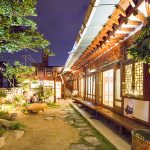

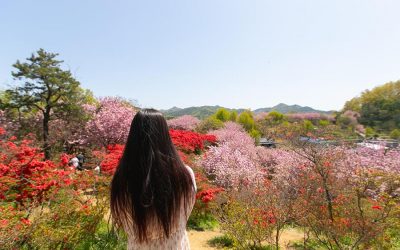



Recent Comments